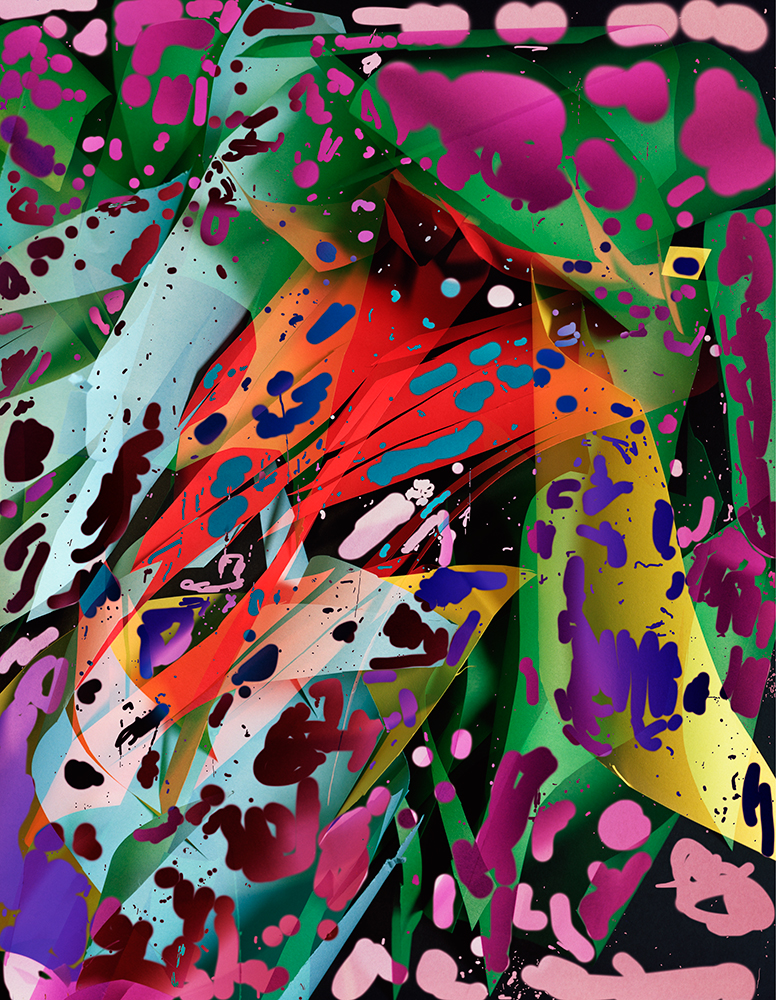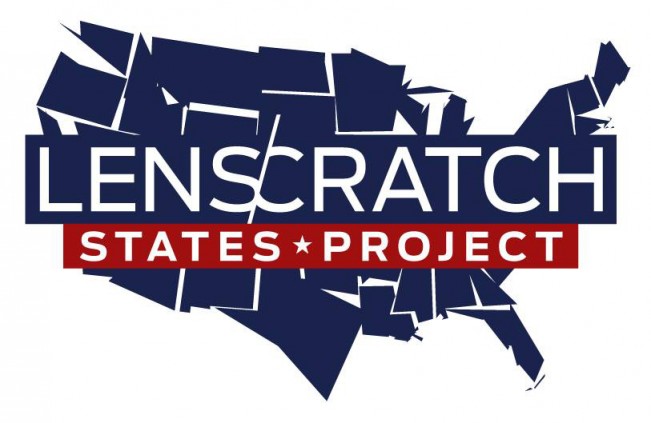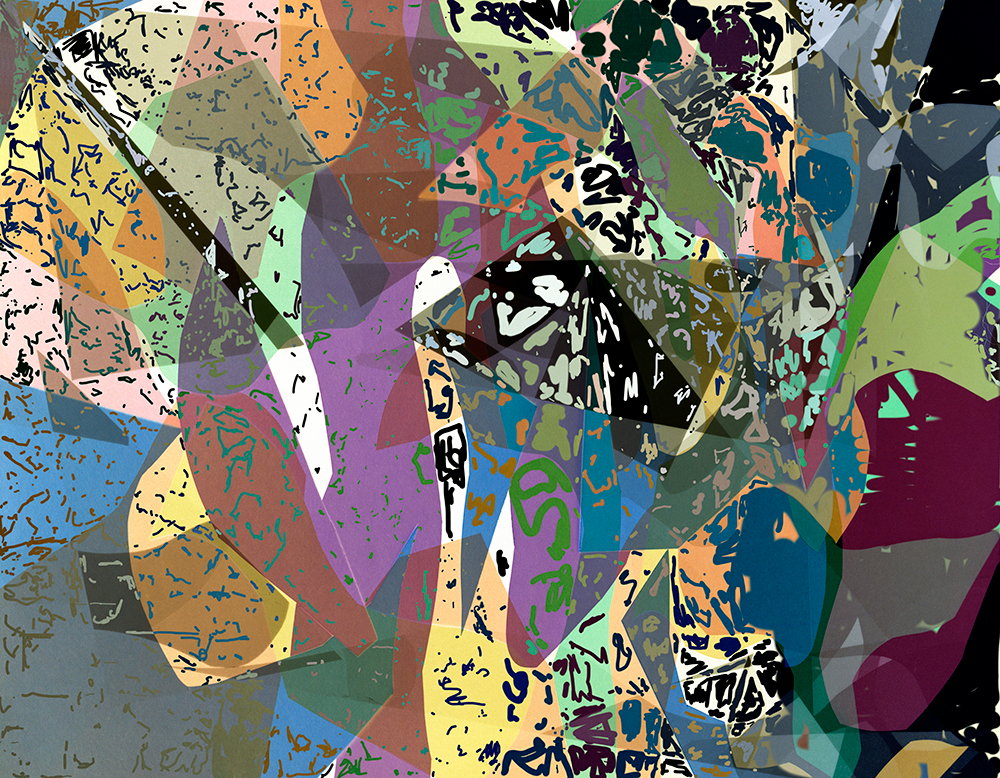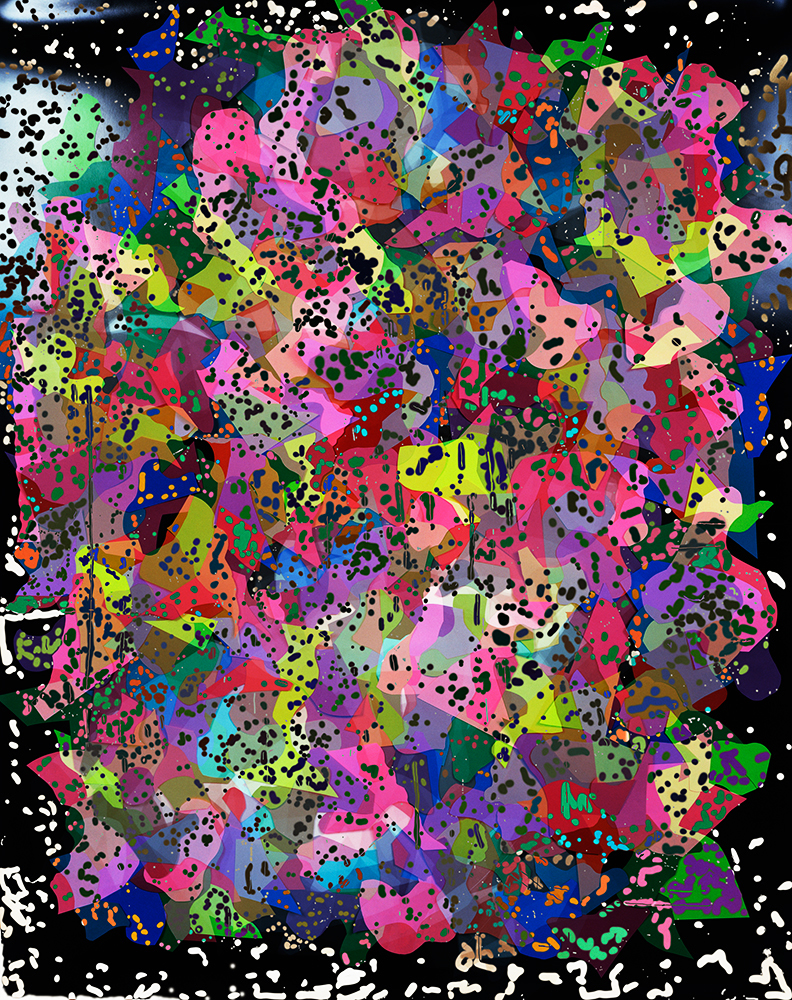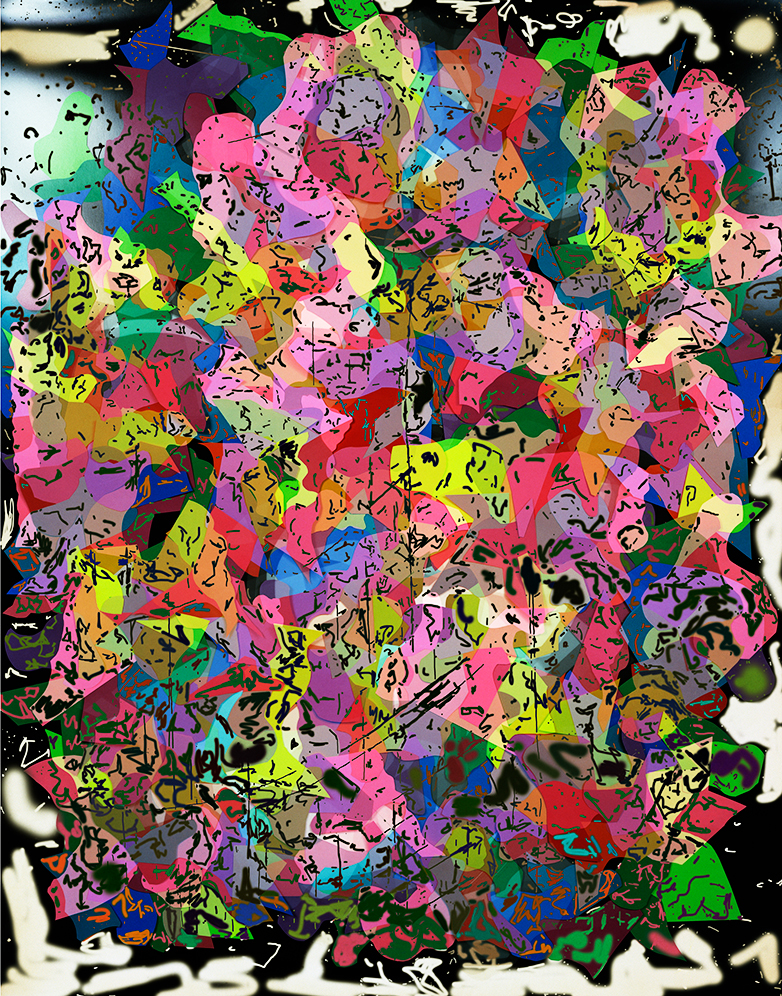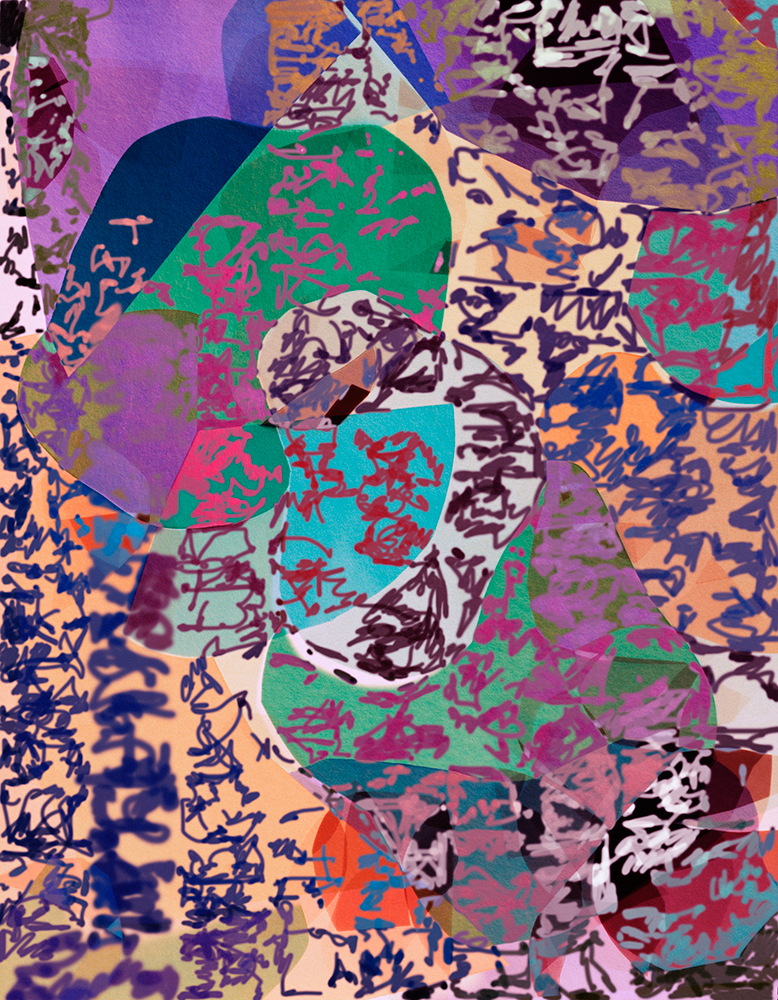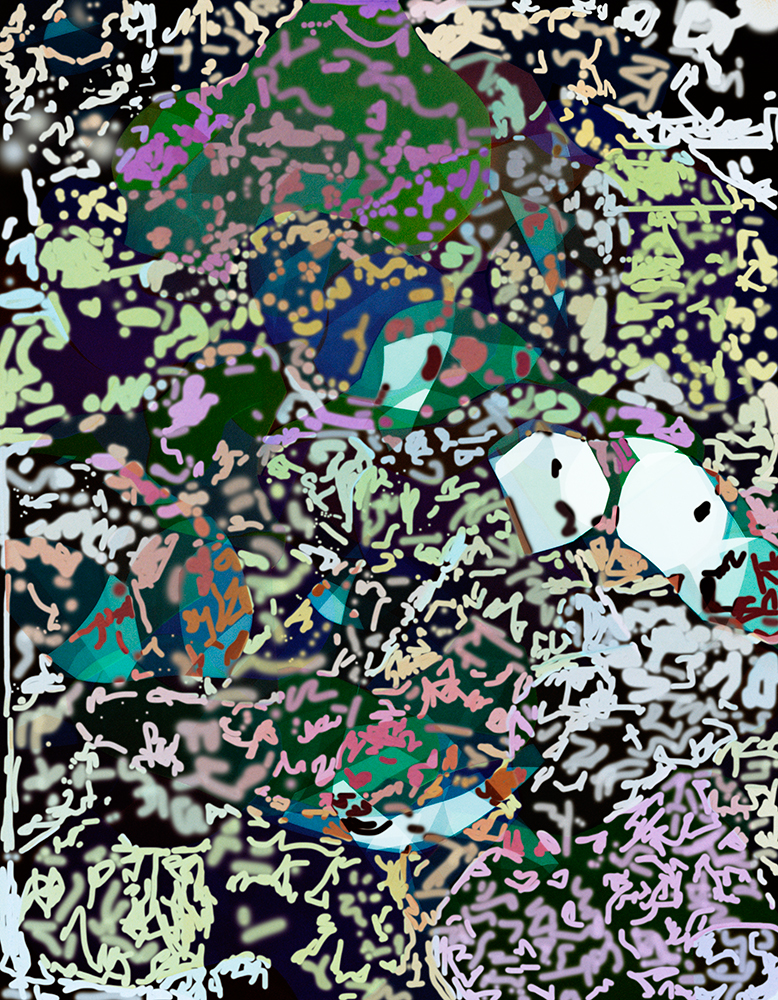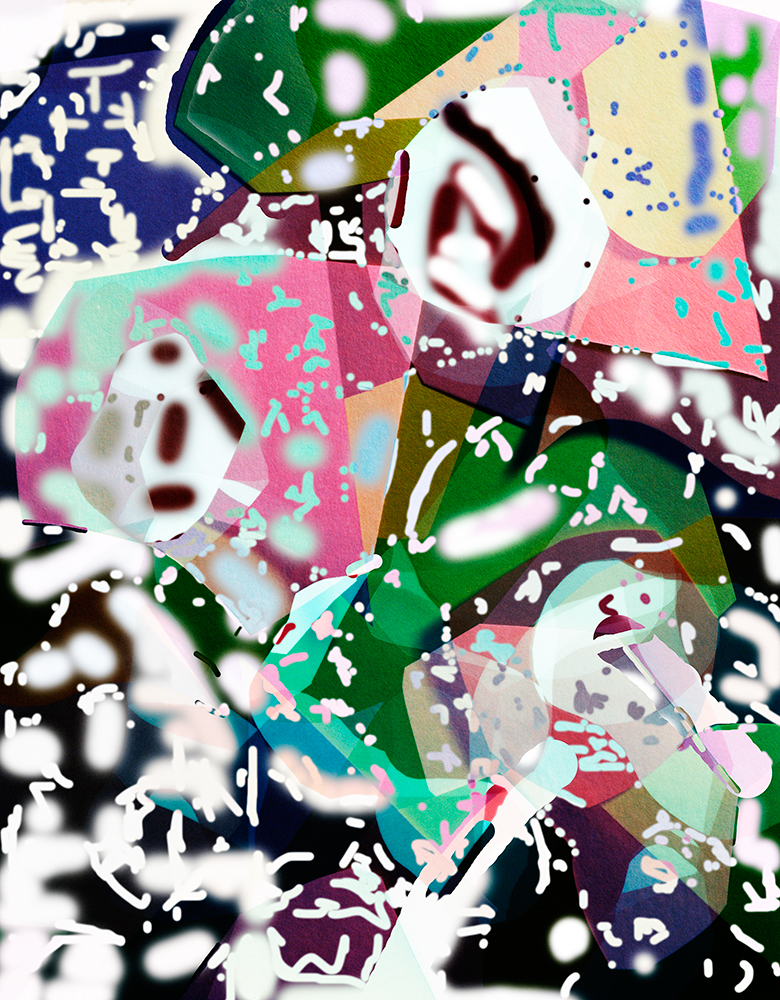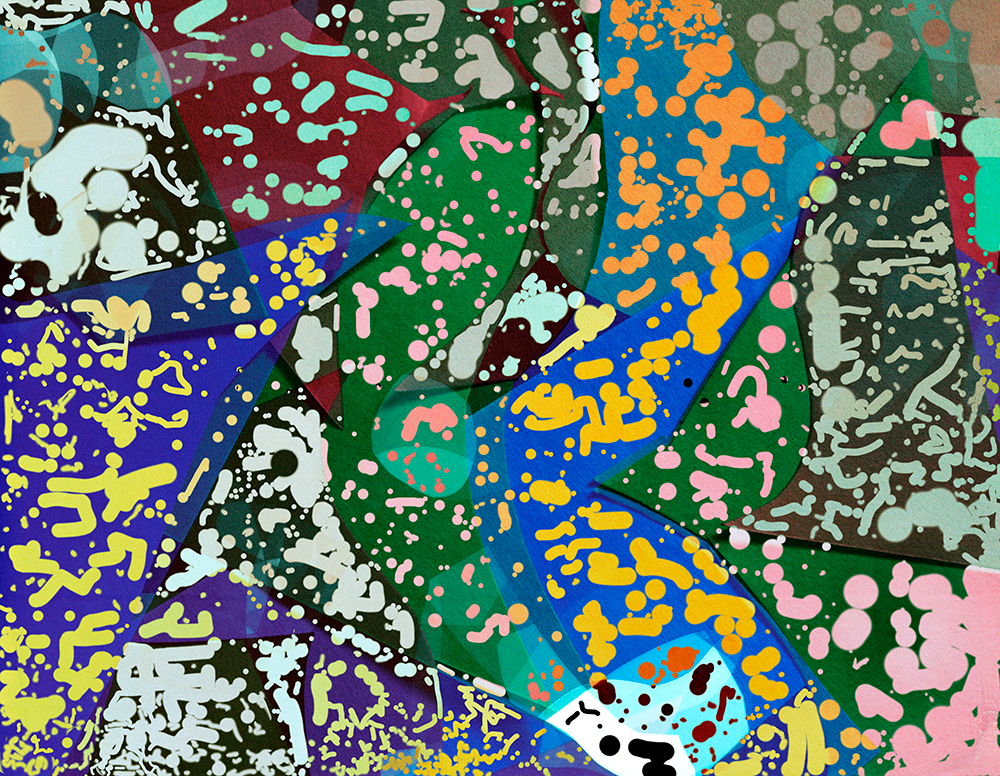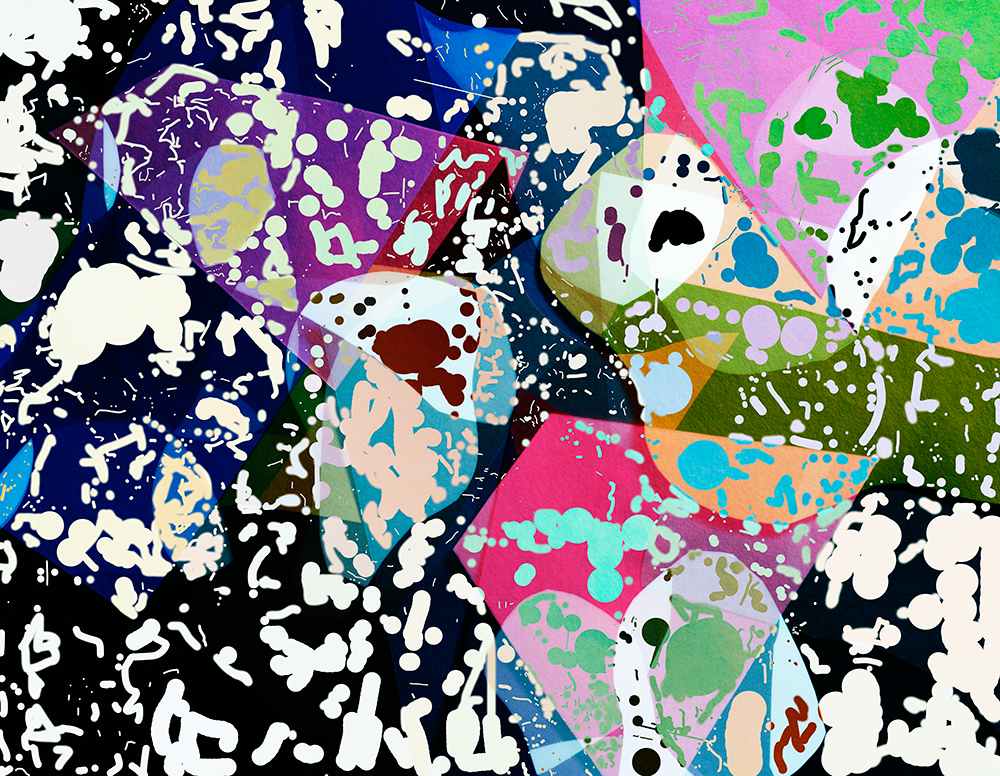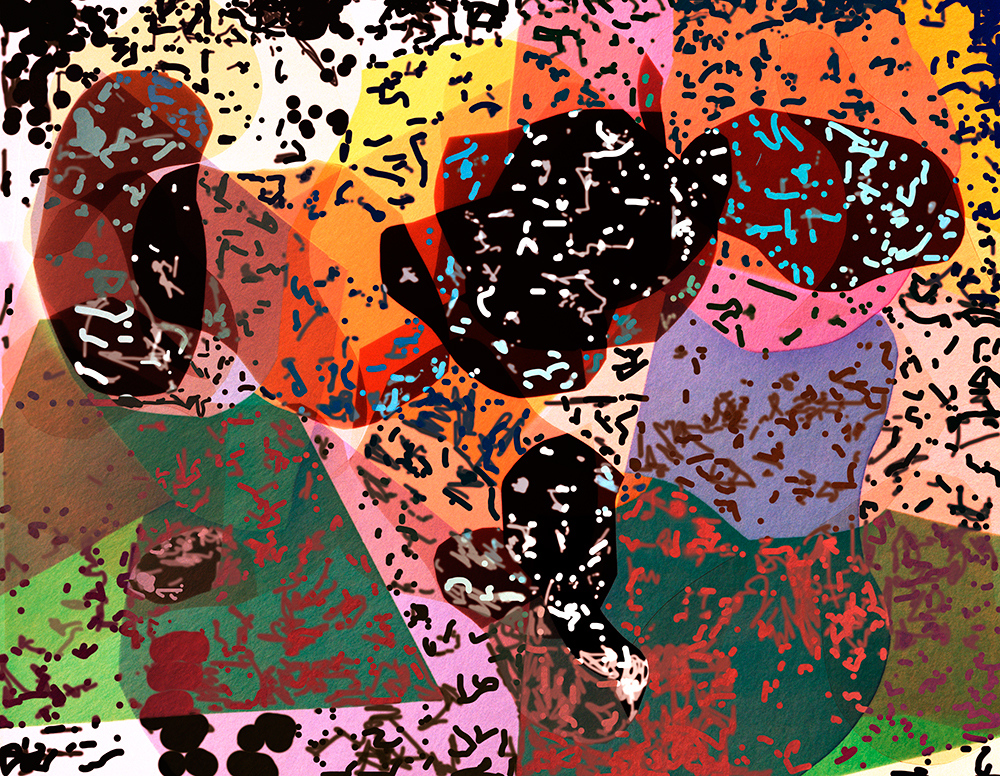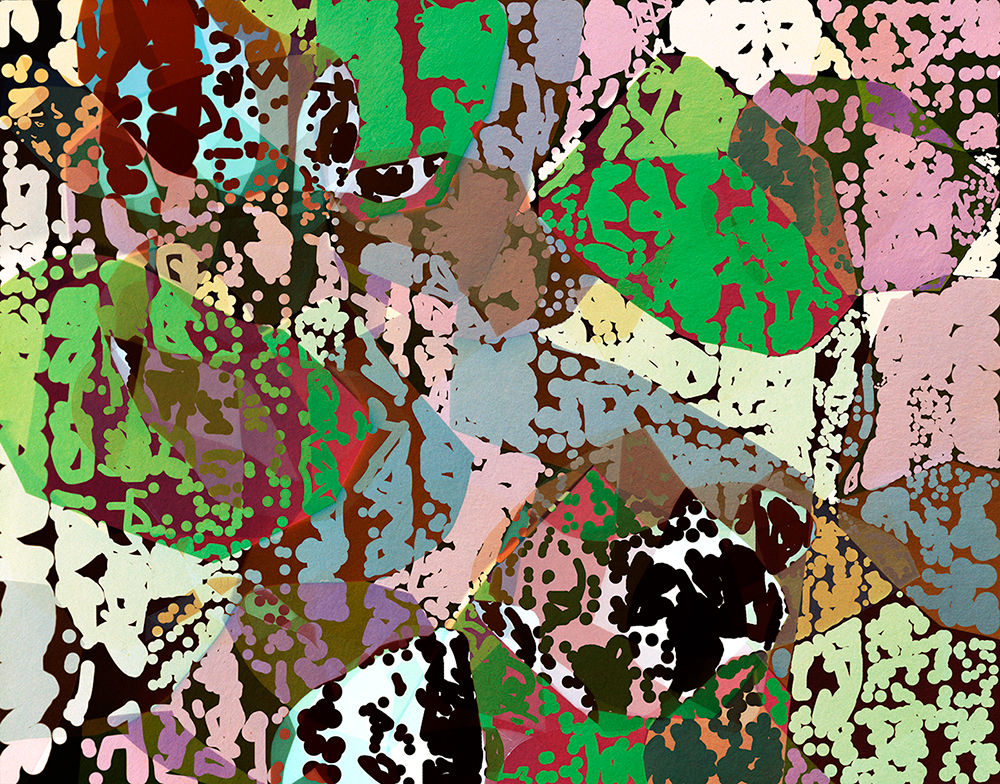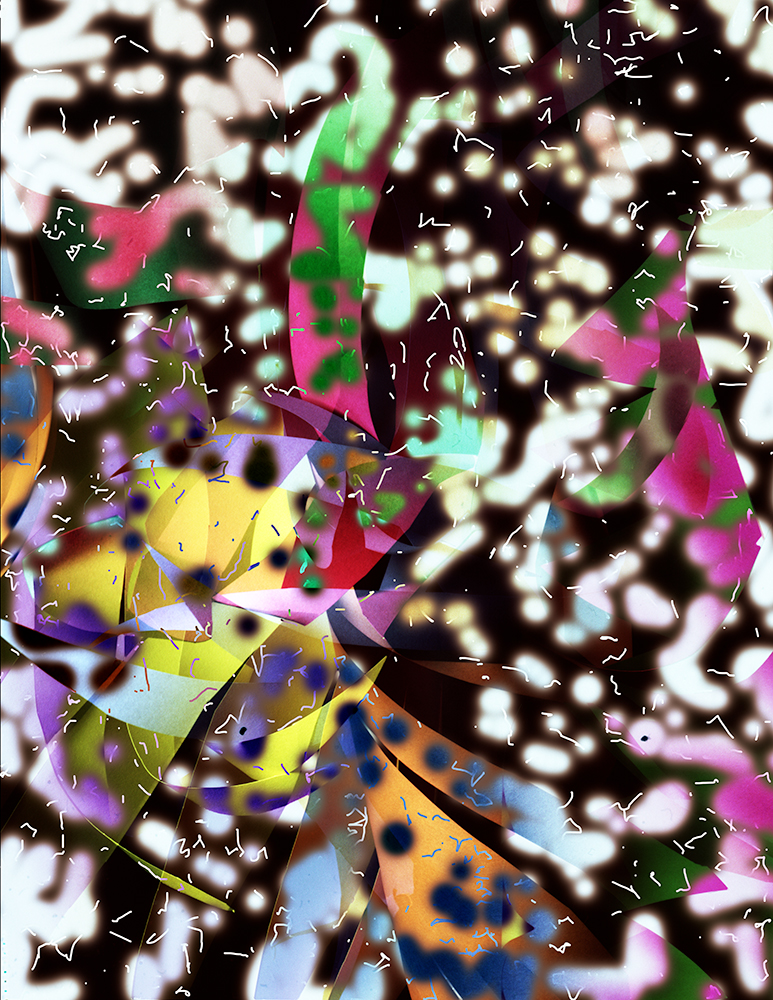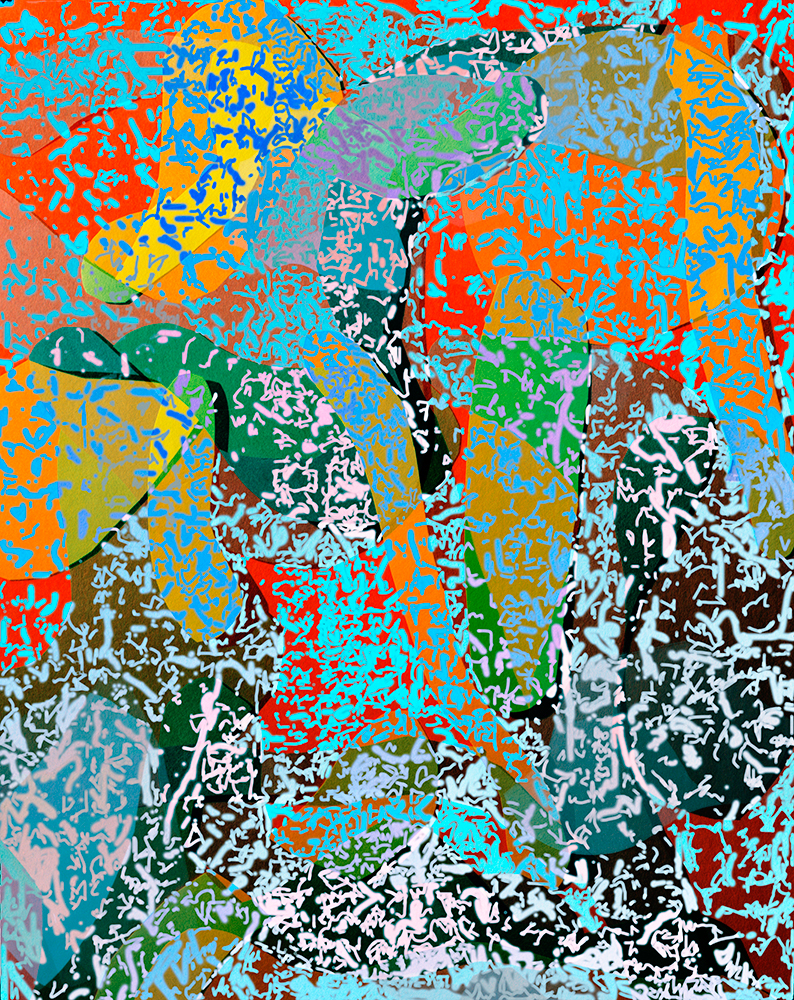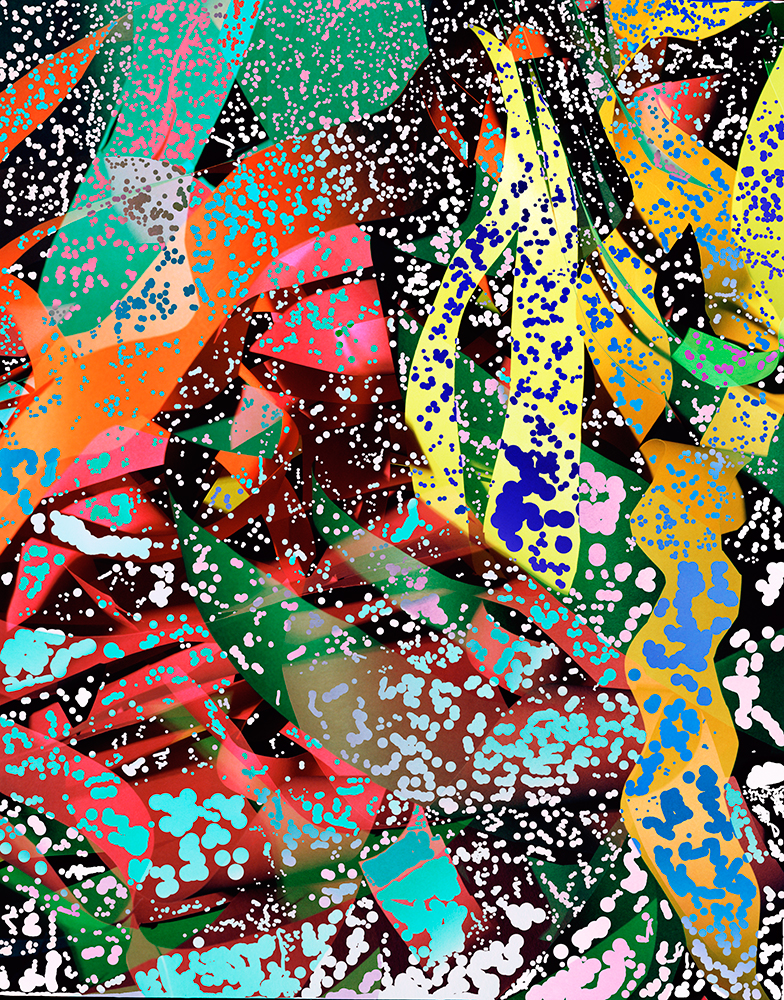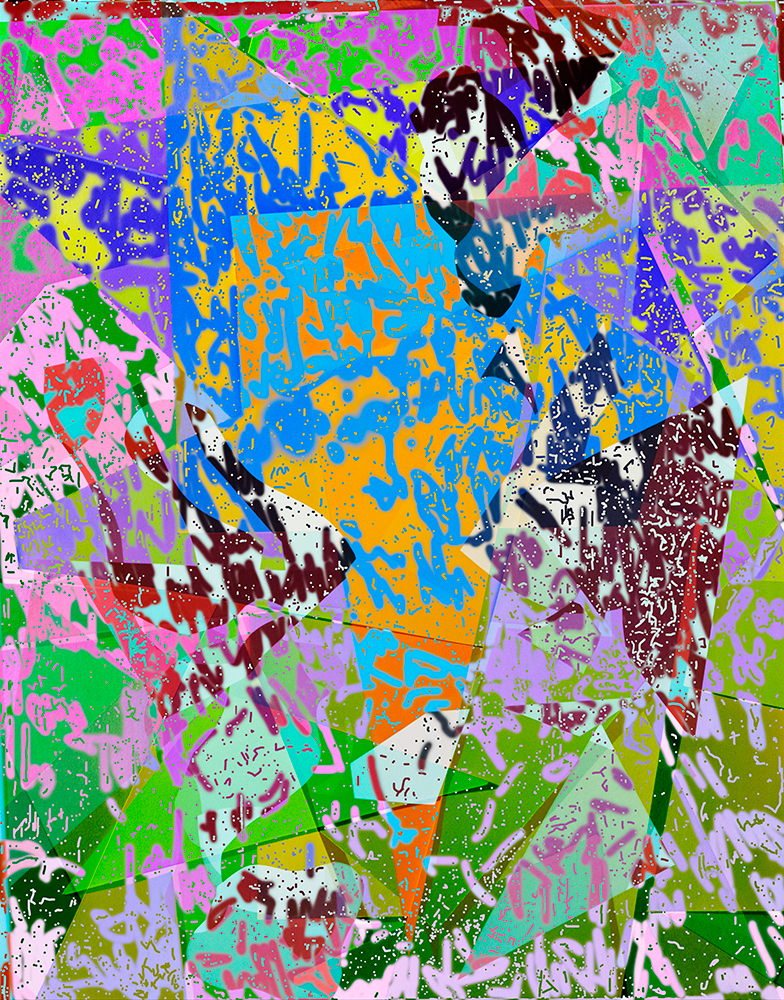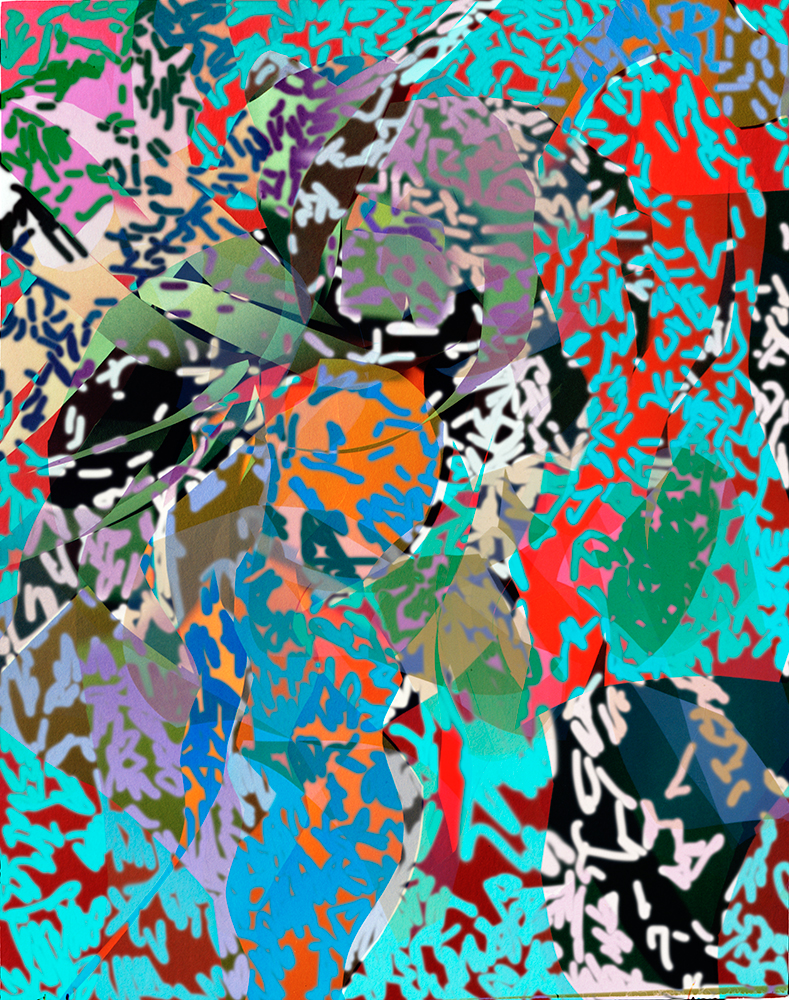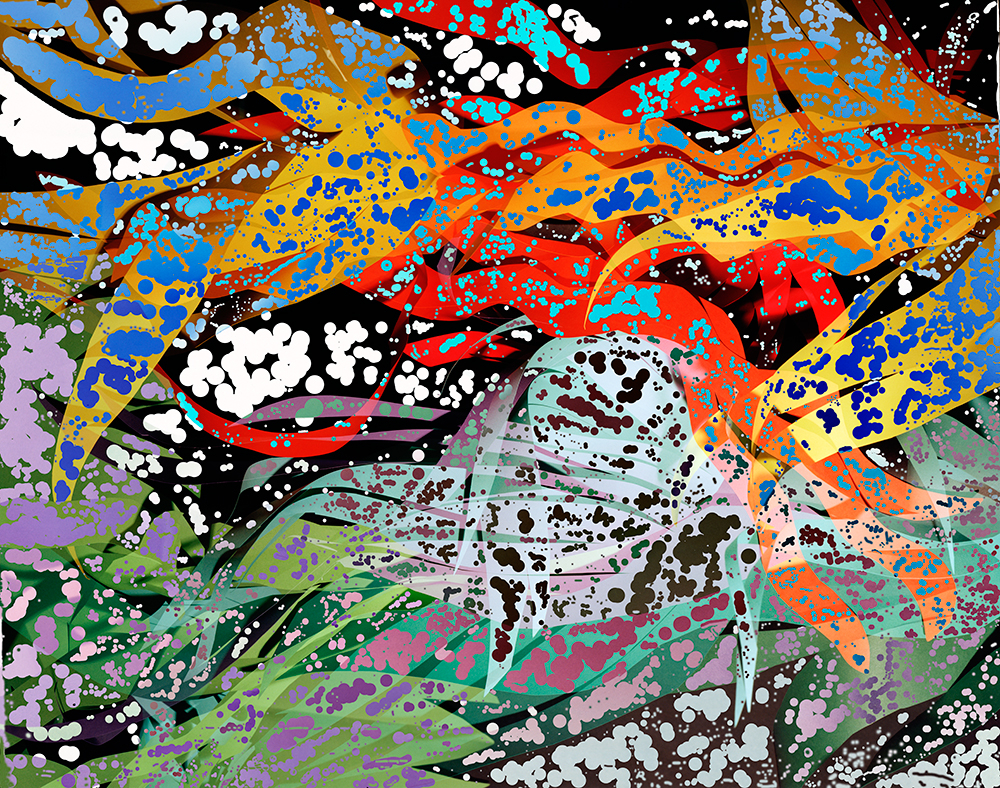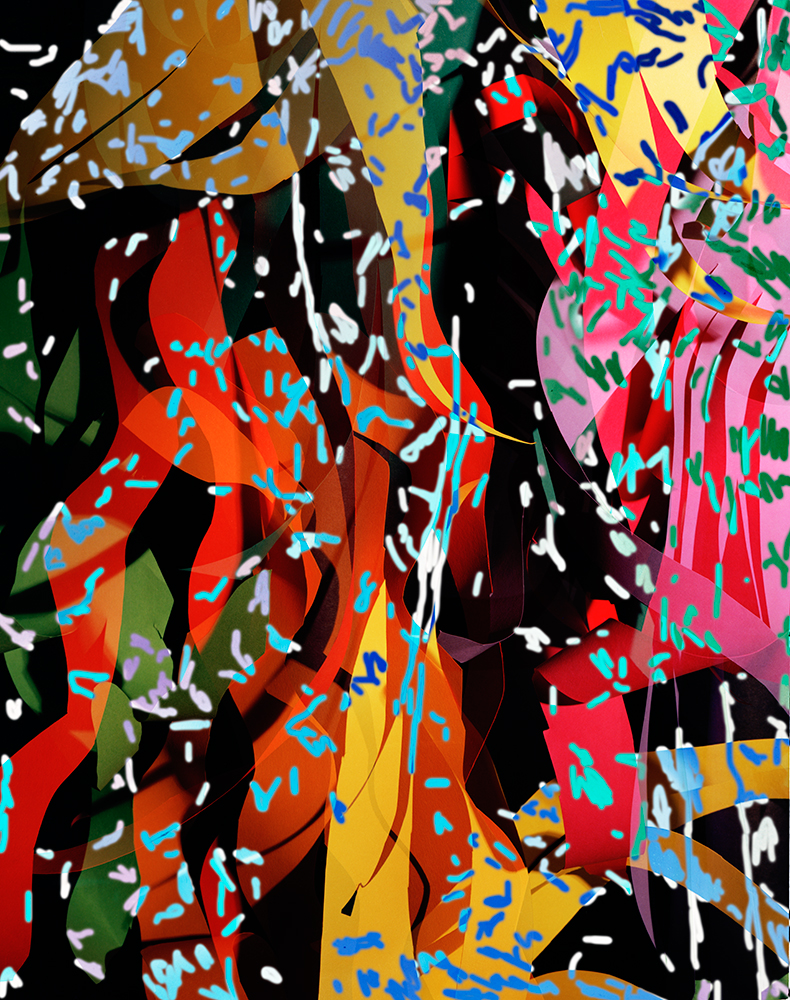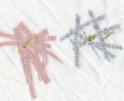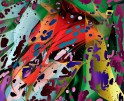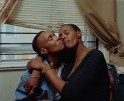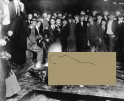Jessica Labatte: The States Project: Illinois
Jessica Labatte’s work has touched on something unexpected about this moment in time. In some ways Labatte’s work is not unprecedented: there is a history of photo-based abstraction, still life practices, and borrowing painterly approaches across genres. What makes Labatte’s work so relevant is the balance of criticality and perceived effortlessness found within it. Labatte lives in Winfield, Illinois and is an Assistant Professor of Art and Head of Photography at Northern Illinois University.
Jessica Labatte is an artist based in the suburbs of Chicago. Her constructed imagery investigates the materiality of photography through light, color, illusion, and paradoxes inherent in photographic representation. Labatte is Assistant Professor of Art and Head of Photography at Northern Illinois University. She received an MFA from the School of the Art Institute of Chicago in 2009, where she received the James Weinstein Fellowship. Her work has been exhibited in numerous galleries and museums including the Museum of Contemporary Art, Chicago, Museum of Fine Arts, St. Petersburg, Elmhurst Art Museum, South Bend Museum of Art, Aperture Foundation, Hyde Park Art Center, Higher Pictures, Golden Gallery, and Western Exhibitions. She has been an artist-in-residence at Light Work, Ox-Bow, School of Art, and Latitude. Her work has been reviewed in The New York Times, The New Yorker, Artforum.com, and Chicago Magazine. She is represented by Western Exhibitions, Chicago, IL. Images from the series Spotting are currently on view in the exhibitions Materials and Process: Imaging the Elements of Photography curated by David Oresick at the Silver Eye Center for Photography and Habeaus Corpus curated by Michael Milano at the Indianapolis Museum of Contemporary Art.
My photographs are formal explorations of everyday objects and materials that engage the subjectivity and experiential qualities of matter. Juxtapositions of content, form, and color imbue dynamism into the still life tradition in their ability to place a still object into a state of becoming. Perspectival manipulations produced with the large-format camera shift and tilt the picture plane, creating a confusing sense of depth and scale, while large-format inkjet prints engross the viewer in fields of color and texture. My images play with the illusionistic tendencies of photography and its potential to simultaneously reveal truths and spin falsehoods. Constructing a tension between accurate representations of form and deceiving attempts at flatness, my photographs lead viewers through questioning what it is we are actually seeing and how it was created. Carefully exploiting the faults of photographic representation, mind-bending forms prompt pleasurable questioning and provoke active looking. Using double exposures, mirrors, cross-processing, and colored lights, I create images that flirt with the possibilities presented by digital technologies while remaining grounded in explorations of the processes of analog and indexical photographic representation.
Looking back to Dutch still life paintings and forward through the computer, my photographs present objects for contemplation on the social, political and technics of our time. The images foreground human presence as they engage photography’s potential as the link between physical and immaterial worlds. Exploring the visible and barely visible, the series Spotting, 2014-16 embraces dust – a natural enemy of the photographer. In the analog darkroom, if a photographer was not meticulous about removing dust from their photographic apparatuses, tiny particles could block light and create surface imperfections in the final print. If this happened, the photographer would spend time carefully filling in the dust spots with ink to match the surrounding print surface. The high-resolution digital scans that make large-format inkjet printing possible illuminate every particle of dust that graces the surface of scanned film, even particles beyond the photographer’s vision. In the digital studio, “spotting” is work now completed by artist assistants since Photoshop tools, such as the clone stamp and healing brush, have made this a quick and simple process. To honor the assistant’s labor the retouching process, I have left the “spotting” layer in Photoshop visible in the final print. Inverting the typically hidden gestures of retouching reveals the individual assistant’s style and decisions regarding brush size, gesture, and scrutiny of what should be removed. The resulting marks create a virtual cutting away of the image that reveals a perfect simultaneous contrast of color and tone to the background layer. A seemingly expressive buzz, grounded in function.
Posts on Lenscratch may not be reproduced without the permission of the Lenscratch staff and the photographer.
Recommended
-
Myra Greene: The States Project: IllinoisSeptember 25th, 2016
-
Jessica Labatte: The States Project: IllinoisSeptember 24th, 2016
-
John Opera: The States Project: IllinoisSeptember 23rd, 2016
-
Paul D’Amato: The States Project: IllinoisSeptember 22nd, 2016
-
Krista Wortendyke: The States Project: IllinoisSeptember 21st, 2016

